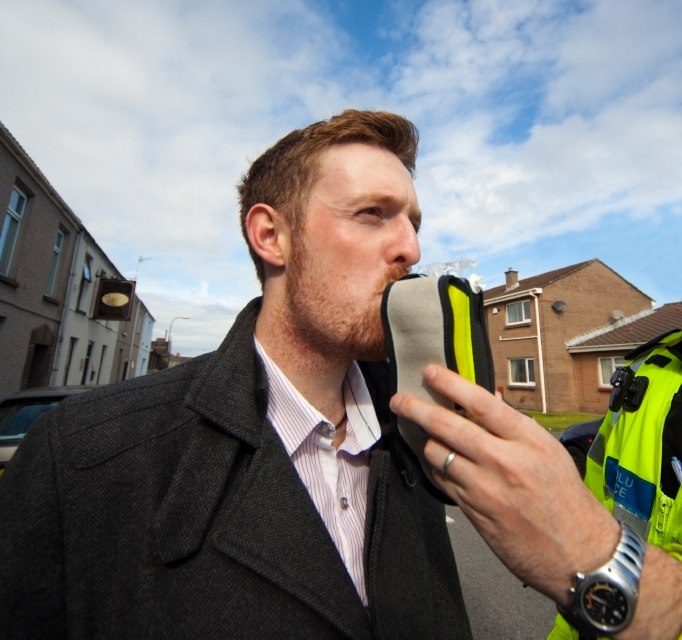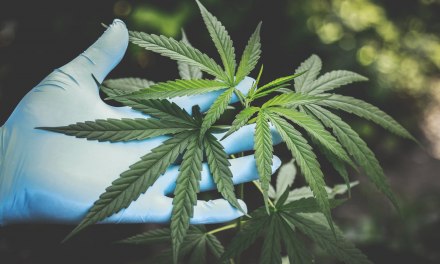First up: we have a viable candidate for roadside testing of impaired drivers! That’s been a long time coming.
The goal: something comparable to breath tests for blood alcohol content, except measuring cannabis. It would have to adapt well to traffic stops, meaning no blood samples or delayed outcomes. It would also need to accurately differentiate THC from other compounds present in the sample.
Those are not easy requirements to meet. Still, there may finally be a legit nominee.
Apparently breath testing was never an option (THC content too low), so these inventive scientists settled on saliva, where levels more closely approximate blood content. A sample from a cheek swab is placed on a sensor strip, then inserted into an electronic reader about the size of a diabetic’s glucose meter. The results are converted into a number. The process takes less than five minutes – still well beyond what we’re accustomed to with alcohol, but a big improvement over previous designs – accurate at both low and high blood levels.
All this makes it suitable for use by law enforcement, clinic staff, school and employee health programs — and addiction treatment. Those all-important driver safety standards have yet to be established, but “preliminary clinical reports suggest that anywhere above 1 to 15 nanograms of THC per milliliter of blood is considered a level of impairment,” according to one of the developers.
I imagine plenty of folks out there on the road would exceed that on a regular basis, if we had some way to test them.
The project’s renewed sense of urgency is driven by the speed at which states have moved towards full legalization. That suggests we’ll see more impaired drivers on the streets and highways, raising the risk not only for themselves, but for other drivers and pedestrians.
This new method isn’t near final implementation, but it represents progress.
Now for the not-so-good news: the continuing trend towards widespread use of cannabis concentrates, especially by young people. That came to our attention last summer, following a survey of young users in Arizona:
Teens are using a highly potent form of marijuana
A concentrate is just what the name suggests: Processed cannabis (oil, wax, etc) with a THC content several times that of the usual stuff, capable of reaching 90%. It’s meant to be smoked, usually with a device. Advances in chemistry have made them easier to make and more available/ affordable than ever. The resulting “high” is allegedly almost immediate. It can last for several hours.
From the viewpoint of many pot smokers, this is a better mousetrap. They’ve responded with enthusiasm.
At those THC levels, however, it’s guaranteed to increase risk for important side effects, such as panic attacks, hallucinations, paranoia, etc. Not to mention the appearance of withdrawal symptoms and naturally, addiction.
It’s not just the younger set. On pot-friendly websites I found glowing reviews from veteran smokers who’d been searching for a product powerful enough to overcome even their elevated tolerance.
I wouldn’t be surprised to see more than a few from that group in treatment themselves, wondering what went wrong.













